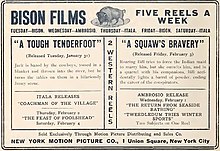
Allan Dwan was a pioneering Canadian-born American motion picture director, producer, and screenwriter.
The year 1914 in film involved some significant events, including the debut of Cecil B. DeMille as a director.

James Oliver Curwood was an American action-adventure writer and conservationist. His books were often based on adventures set in the Hudson Bay area, the Yukon or Alaska and ranked among the top-ten best sellers in the United States in the early and mid 1920s, according to Publishers Weekly. At least one hundred and eighty motion pictures have been based on or directly inspired by his novels and short stories; one was produced in three versions from 1919 to 1953. At the time of his death, Curwood was the highest paid author in the world.

Francis Ford was an American film actor, writer and director. He was the mentor and elder brother of film director John Ford. As an actor, director and producer, he was one of the first filmmakers in Hollywood.

Josephine M. Workman better known by her stage name, Princess Mona Darkfeather was an American actress who starred in Native American and Western dramas. During the silent era of motion pictures, from 1911 to 1917, she appeared in 102 movies. She is best known for her role as Prairie Flower in The Vanishing Tribe (1914).

Grace Cunard was an American actress, screenwriter and film director. During the silent era, she starred in over 100 films, wrote or co-wrote at least 44 of those productions, and directed no fewer than eight of them. In addition, she edited many of her films, including some of the shorts, serials, and features she developed in collaboration with Francis Ford. Her younger sister, Mina Cunard, was also a film actress.

Fred J. Balshofer was a pioneering silent film director, producer, screenwriter, and cinematographer in the United States.
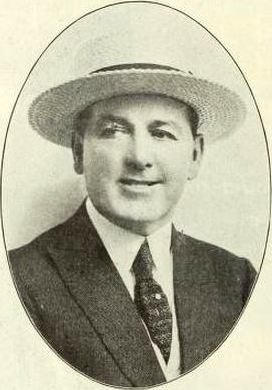
Henry Alexander MacRae was a Canadian film director, producer, and screenwriter during the silent era, working on many film serials for Universal Studios. One of a number of Canadian pioneers in early Hollywood, MacRae was credited with many innovations in film production, including artificial light for interiors, the wind machine, double exposures and shooting at night.
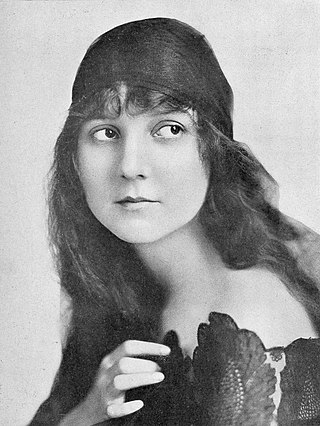
Ann Little, also known as Anna Little, was an American film actress whose career was most prolific during the silent film era of the early 1910s through the early 1920s. Today, most of her films are lost, with only 12 known to survive.
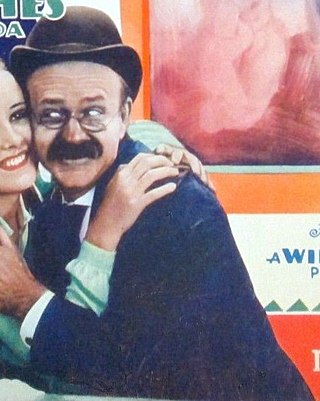
Lucien Littlefield was an American actor who achieved a long career from silent films to the television era. He was noted for his versatility, playing a wide range of roles and already portraying old men before he was of voting age.
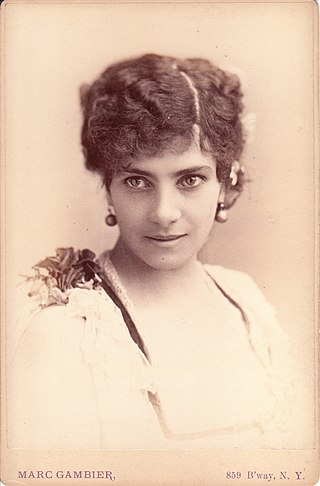
Mary Jane Lee was an American actress of the stage and screen.

Artie A. Ortego was an American actor. He appeared in more than 240 films between 1912 and 1955. Ortego portrayed cowboys, henchmen and American Indians in a large number of westerns and performed horse riding stunts. He was also a stunt double for Ramón Novarro in The Barbarian (1933), which is set in Cairo and also stars Myrna Loy.
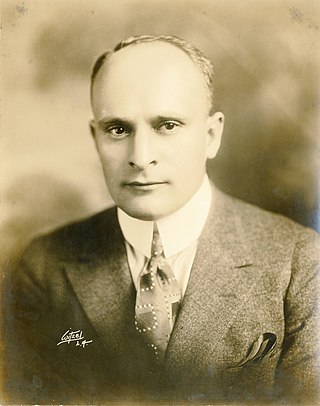
Charles Gardner Sullivan was an American screenwriter and film producer. He was a prolific writer with more than 350 films among his credits. In 1924, the magazine Story World selected him on a list of the ten individuals who had contributed the most to the advancement of the motion picture industry from its inception forward. Four of Sullivan's films, The Italian (1915), Civilization (1916), Hell's Hinges (1916), and All Quiet on the Western Front (1930), have been listed in the National Film Registry.

Thomas Harper Ince was an American silent era filmmaker and media proprietor. Ince was known as the "Father of the Western" and was responsible for making over 800 films.
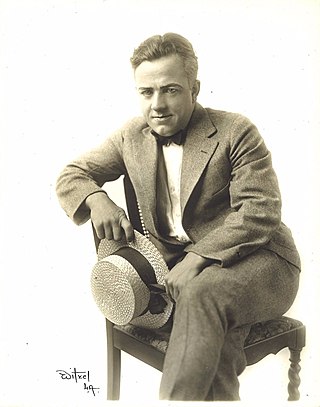
Shorty Hamilton was an American actor and silent film comedian who appeared in more than 80 films, mostly westerns, from 1909 to 1925. His birth name was William John Schroeder, and he was also known as "Jack Hamilton." He had served in the United States Cavalry for several years and worked as a cowboy in Montana and Texas. He was best known for the "Adventures of Shorty" series of two-reel silent films that were released from 1912 to 1917.

Red Wing was an American actress of the silent era. She and her husband James Young Deer have been dubbed by some as one of the first Native American Hollywood "power couple(s)" along with Mona Darkfeather and her actor/director husband Frank E. Montgomery. St. Cyr was born on the Winnebago Reservation in Nebraska.

Charles Earl Bartlett (1888-?) was an American silent film director.
An Indian Love Story is a one-reel silent short film about personal relationships in a Native American community. The film is about two married couples, each of the partners of which are involved with the spouse of the other couple, a former lover. It is a western drama released in 1911 and directed by Fred J. Balshofer and was produced by Bison. It was also titled An Indian Love Affair.

The Champion Film Company was an independent production company founded in 1909 by Mark M. Dintenfass. The studio was one of the film companies that merged to form Universal Pictures.

This is a comprehensive listing of Wallace Reid's (1891–1923) silent film output. Reid often played a clean-cut, well-groomed American go-getter on screen, which is how he is best remembered, but he could alternate with character roles, especially in his early short films, most of which are now lost. Some films have him as a director, some have him as an actor and some have him as both in particular his numerous short films. His first feature film is the famous appearance as a young blacksmith in The Birth of a Nation in 1915.
